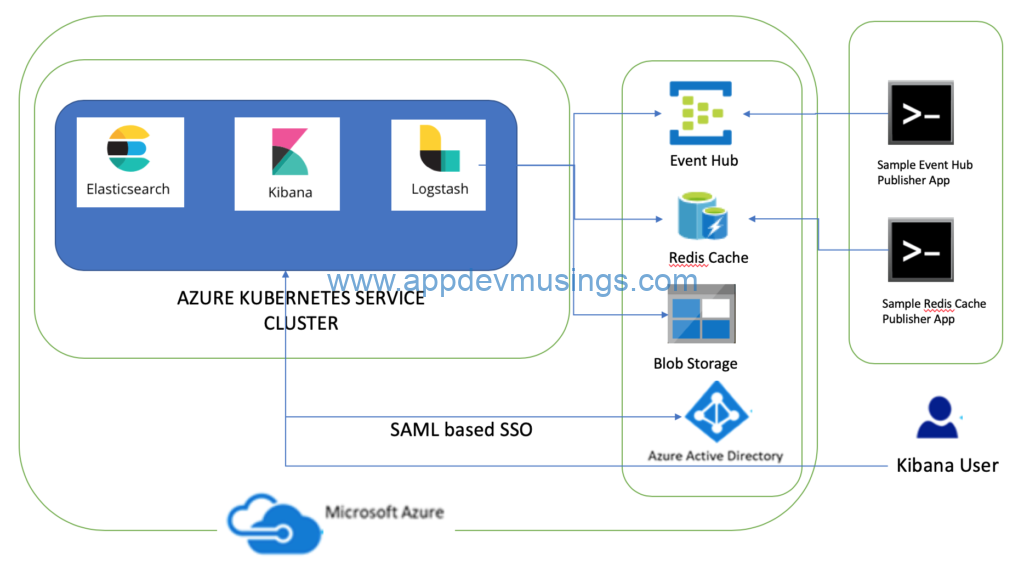Health checks API is one of the new features of ASP.NET Core 2.2 for application health monitoring. Health checks are exposed by ASP.NET Core 2.2 application as HTTP endpoints which enables liveness and readiness probes.
Health checks are usually used with an external monitoring service or container orchestrator to check the status of an app. In this article, I am going to share steps needed to configure Kubernetes Liveness and Readiness probes for an ASP.NET Core 2.2 web application deployed in Azure Kubernetes Service cluster.
The dev tools used to develop these components are Visual Studio for Mac/Visual Studio 2017 and Visual Studio Code. AKS Dashboard as well as kubectl commands are used to create Kubernetes resources in AKS. The complete source code for this application can be downloaded from GitHub
